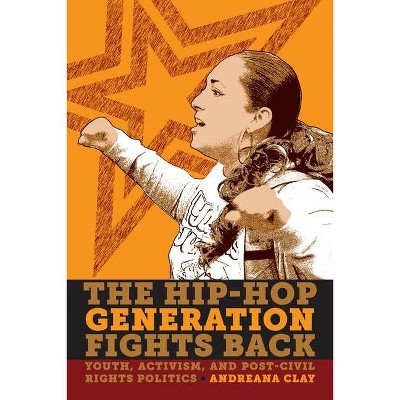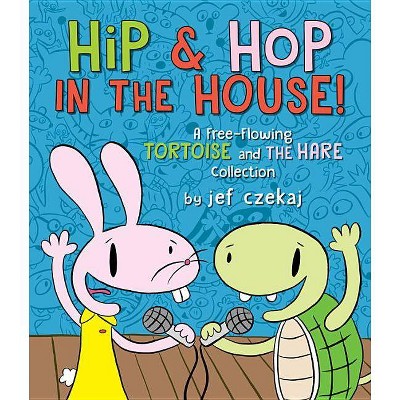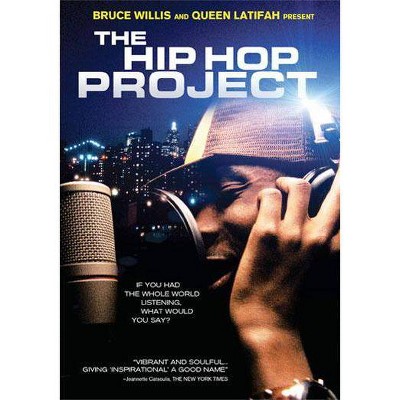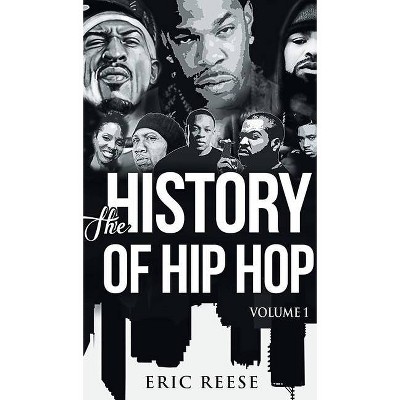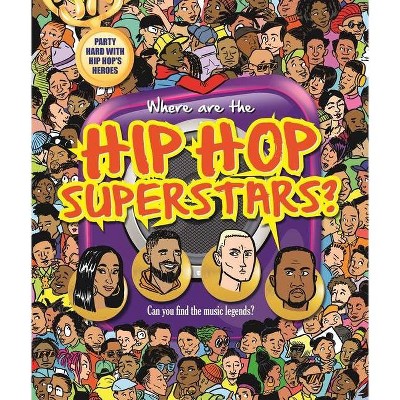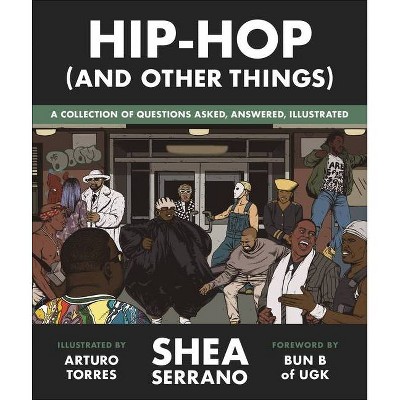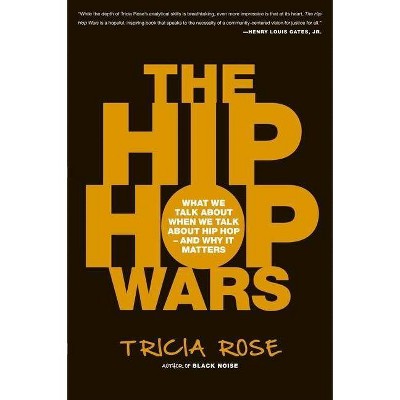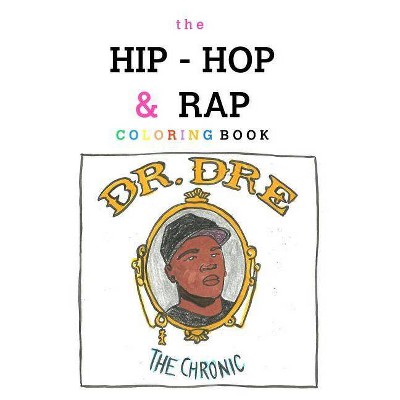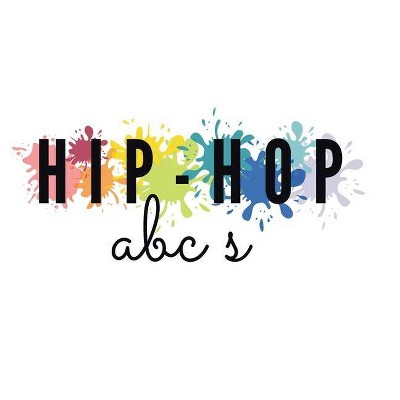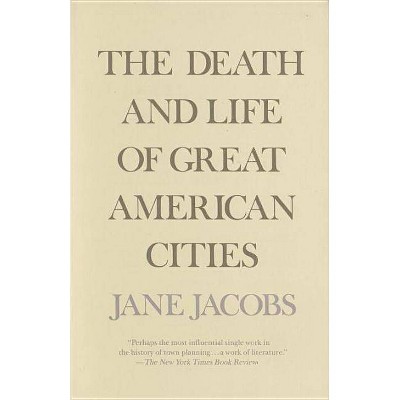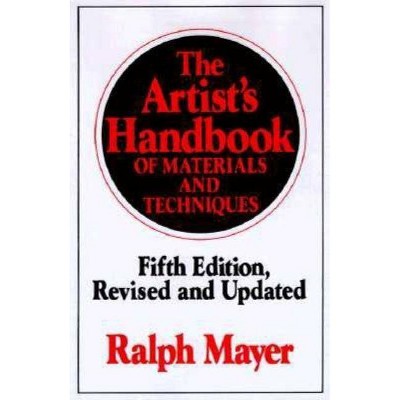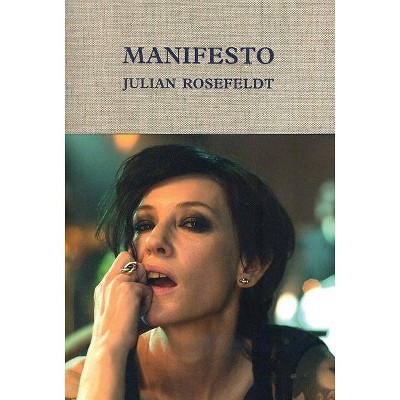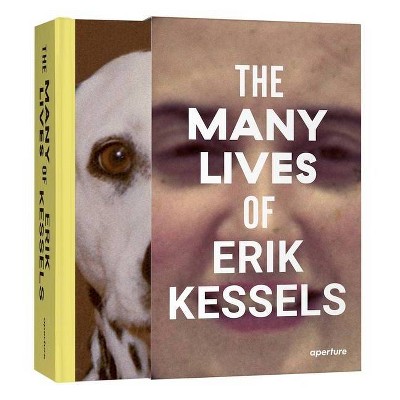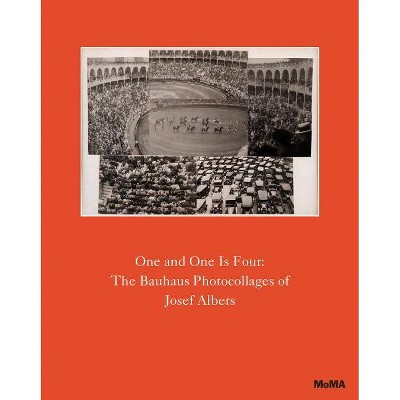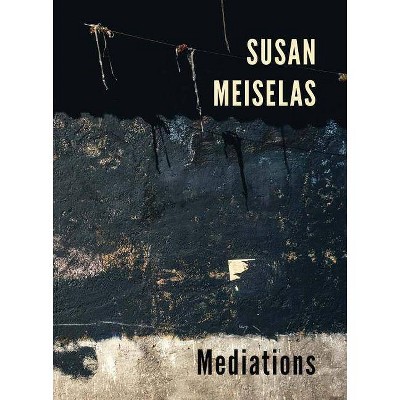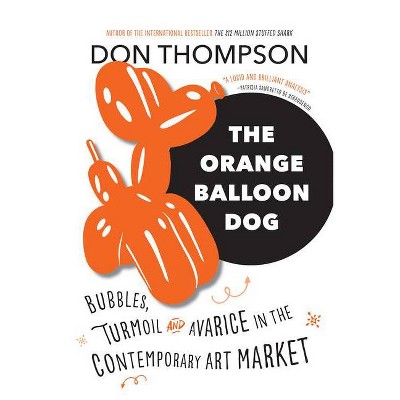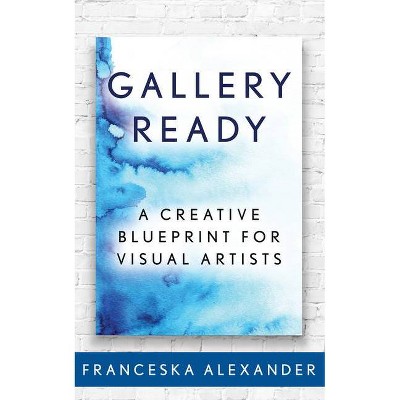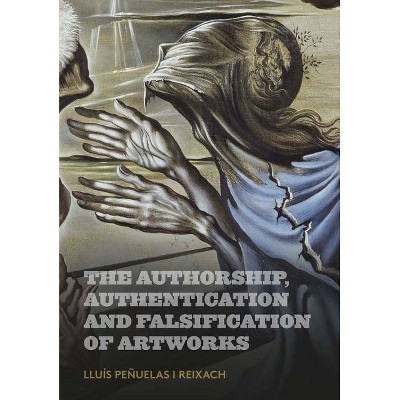Writing the Future: Basquiat and the Hip-Hop Generation - by Liz Munsell & Greg Tate (Hardcover)
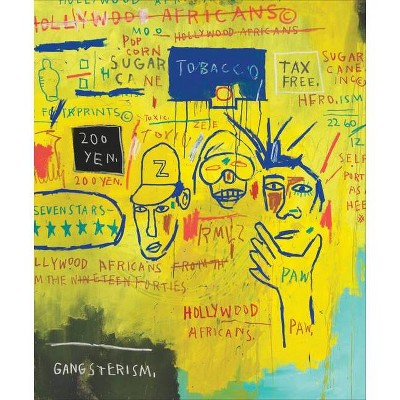
Similar Products
Products of same category from the store
AllProduct info
<p/><br></br><p><b> About the Book </b></p></br></br>"Museum of Fine Arts, Boston: April 5 - August 2, 2020. Pâerez Art Museum Miami: September 18, 2020 - February 14, 2021."<p/><br></br><p><b> Book Synopsis </b></p></br></br><p><strong>How hip-hop culture and graffiti electrified the art of Jean-Michel Basquiat and his contemporaries in 1980s New York</strong></p><p>In the early 1980s, art and writing labeled as graffiti began to transition from New York City walls and subway trains onto canvas and into art galleries. Young artists who freely sampled from their urban experiences and their largely Black, Latinx and immigrant histories infused the downtown art scene with expressionist, pop and graffiti-inspired compositions. <p/>Jean-Michel Basquiat (1960-88) became the galvanizing, iconic frontrunner of this transformational and insurgent movement in contemporary American art, which resulted in an unprecedented fusion of creative energies that defied longstanding racial divisions. <i>Writing the Future</i> features Basquiat's works in painting, sculpture, drawing, video, music and fashion, alongside works by his contemporaries--and sometimes collaborators--A-One, ERO, Fab 5 Freddy, Futura, Keith Haring, Kool Koor, LA2, Lady Pink, Lee Quiñones, Rammellzee and Toxic. Throughout the 1980s, these artists fueled new directions in fine art, design and music, reshaping the predominantly white art world and driving the now-global popularity of hip-hop culture. <p/><i>Writing the Future</i>, published to accompany a major exhibition, contextualizes Basquiat's work in relation to his peers associated with hip-hop culture. It also marks the first time Basquiat's extensive, robust and reflective portraiture of his Black and Latinx friends and fellow artists has been given prominence in scholarship on his oeuvre. With contributions from Carlo McCormick, Liz Munsell, Hua Hsu, J. Faith Almiron and Greg Tate, <i>Writing the Future</i> captures the energy, inventiveness and resistance unleashed when hip-hop hit the city.</p><p/><br></br><p><b> Review Quotes </b></p></br></br><br>This catalog is a true companion to a physical exhibit. Instead of acting as a monograph for the "lone genius artist," a typical trope in the history of western art, the exhibit tells the story of a community of artists, all with varying levels of notoriety within their own circles and the art world at large. The texts and images weave a story that calls upon all five senses by referencing music, visual arts, film, and dance. The exhibit catalog presents Basquiat as his whole self, which includes his cultural influences, collaborators, and friends, and does not isolate him from the moment in time that enabled his rapid rise to fame.--Jasmine Burns "ARLIS/NA Reviews"<br><br>The artist's evolution from a high-school student tagging subway cars to this grim, haunted, witty work is immense.--Peter Saenger "Wall Street Journal"<br><br>...Enigmatic, loud, a little scattered, and above all a lovingly faithful simulation of the joyful chaos of another time. It's wildly evocative and transporting -- holistic, immersive, experiential, and far greater than the sum of its 120-plus parts. [...] This is Basquiat in the thick of his community.--Murray Whyte "Boston Globe"<br><br>...Feel like the most important exhibition on Basquiat you'll ever see, and he's just one artist among the show's dozen. [...] It's wildly evocative and transporting -- holistic, immersive, experiential, and far greater than the sum of its 120-plus parts.--Murray Whyte "Boston Globe"<br><br>[An] immersive cultural anthropology, weaving together art, music, and the vibrant rhythms of the city that spawned it all--Murray Whyte "Boston Globe"<br><br>[T]here's more to this exhibition than putting Basquiat in context. It's about a bigger phenomenon -- a struggle for visibility that spilled over into hyper-visibility. It addresses a key period in Black creativity and urban youth culture, an extended moment too little understood by a mainstream culture that consigns it to the margins even as it swims in the very conditions it created.--Sebastian Smee "Washington Post"<br><br>[Writing the Future: Basquiat and the Hip-Hop Generation] traces how a group of young artists involved in the hip-hop scene went from tagging subway cars to participating in the mainstream, white-dominated art world...--Nora McGreevy "Smithsonian"<br><br>A seminal survey of 80s graffiti and street art, this book features the works of Basquiat alongside his contemporaries including Keith Harring, Lady Pink, Fab 5 Freddy and others. Black, Latinx and immigrant stories are translated through a form of artistic expression that moved from the boroughs and into galleries across the world.--David Saric "S Magazine"<br><br>From the streets to the studio: [Writing the Future: Basquiat and the Hip-Hop Generation] explores how Basquiat, graffiti and hip-hop culture stormed the art world in the 1980s.--Gabriella Angeleti "Art Newspaper"<br><br>This American artist powerfully captured the refracted, outsider energy of rap, punk, graffiti, and hip-hop, expressive forms moving in from the fringes. "Writing the Future" places Basquiat at the center of these movements, and is the first exhibition to look at his work in the context of hip-hop culture.--Joel Lobenthal "Airmail"<br><br>Writing the Future: Basquiat and the Hip-Hop Generation?, sought to contextualize Basquiat's work in an art and culture scene of his co-conspirators who really meant to remake the world they had inherited.--Hrag Vartanian "Hyperallergic"<br><br>In these flattened times, Writing the Future conveys motion. The book, a companion to a suspended exhibition at Boston's Museum of Fine Arts, is about Basquiat, his contemporaries, and early hip-hop culture, but it's also about the movements and rhythms of New York City--'the work of the subway writers became as optically and optimally omnipresent as the Manhattan skyline, ' Greg Tate writes. And in its dynamic blend of art, history, and analysis, it has a movement of its own.--Dan Adler "Vanity Fair"<br><br>Munsell's argument isn't about tracing Basquiat's origins as an artist, or repeating a standard narrative about how graffiti and street art were formative experiences leading up to his masterpieces on canvas. Instead, Munsell makes a point of anchoring his complete career in this context. [...] For 'Writing the Future, ' Munsell and co-curator Greg Tate place Basquiat's now familiar and extraordinarily expensive paintings in and among work that has largely been ignored by blue-chip galleries and auction houses.--Damon Krukowski "Art In America"<br><br>...to leaf through this prodigy's oeuvre intermingled with photos of what he called "just ... you know, my friends and stuff"; of their tags brightening storefronts and subway cars, of the boomboxes and leather jackets and reference books they at once desecrated and elevated, is to hold in your hands the record of a place and a time and a togetherness we can only hope one day to experience again.--Lauren Christensen "New York Times"<br><br>features Basquiat's works in painting, sculpture, drawing, video, music and fashion, alongside works by his contemporaries--and sometimes collaborators--A-One, ERO, Fab 5 Freddy, Futura, Keith Haring, Kool Koor, LA2, Lady Pink, Lee Quiñones, Rammellzee and Toxic. Throughout the 1980s, these artists fueled new directions in fine art, design and music, reshaping the predominantly white art world and driving the now-global popularity of hip-hop culture.--Editors "ARTFIXdaily"<br><br>A revolution unto himself, Jean-Michel Basquiat exploded into the art world at a time when another revolution was in full-swing; and he enthusiastically embraced hip-hop aesthetics and politics as influences.--Ken Scrudato "Blackbook"<br><br>Features brilliantly hued images of work by both Basquiat and some of his contemporaries.--Helen Holmes "Observer New Review"<br><br>Writing the Future' differentiates itself as the first major exhibition to contextualize Basquiat's work in relation to his peers associated with hip-hop culture.--Chadd Scott "Forbes: Media"<br>
Price History
Cheapest price in the interval: 38.49 on October 27, 2021
Most expensive price in the interval: 38.49 on November 8, 2021
Price Archive shows prices from various stores, lets you see history and find the cheapest. There is no actual sale on the website. For all support, inquiry and suggestion messagescommunication@pricearchive.us
